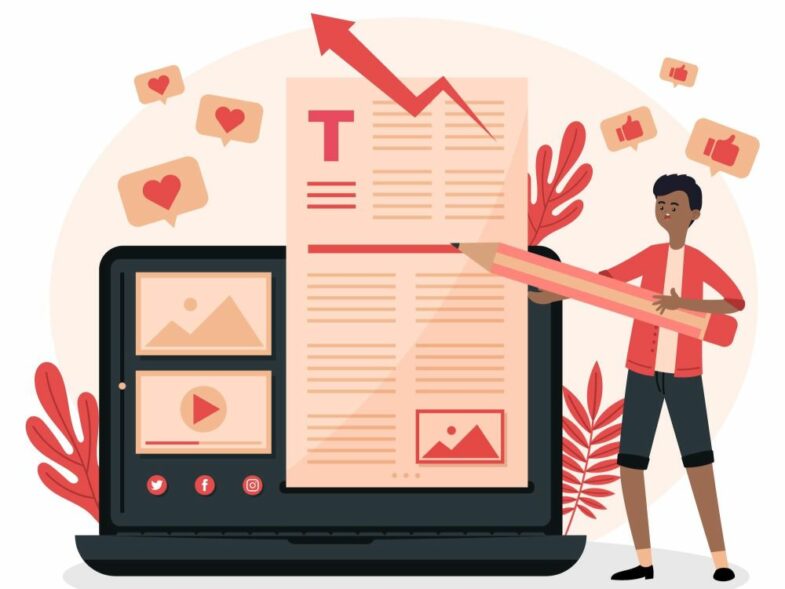In today’s fast-paced world, technology has become a driving force in nearly every industry, particularly in creative sectors. Digital platforms are transforming the way people work together on projects, and they’re having a significant impact on collaborative creativity. These platforms allow individuals from around the globe to come together, exchange ideas, and produce work that is more innovative than ever before.
Whether you’re designing a new product, brainstorming for a marketing campaign, or working on a joint art project, digital platforms make collaboration easier, more efficient, and more inclusive.
The Rise of Digital Platforms in Creative Work
With the growing demand for collaboration in creative fields, digital platforms have become indispensable. These platforms allow professionals to connect, create, and share ideas in real-time, no matter their location. From freelance designers to large marketing teams, everyone benefits from seamless collaboration. Digital tools make it easier to access diverse perspectives, enabling teams to produce more innovative work together.
In addition to streamlining creative processes, digital platforms break down traditional barriers. Before their rise, teams had to meet in person or rely on slow email exchanges and file-sharing services. Now, teams can collaborate effortlessly from anywhere in the world. Digital platforms also help businesses engage employees in creative ways, such as sending personalized happy birthday ecards, which enhances workplace culture and fosters a sense of connection in remote settings.
Tools That Make Collaborative Creativity Possible
Several tools have played a crucial role in making collaborative creativity more accessible. Platforms such as Google Docs, Slack, Trello, and Adobe Creative Cloud are all designed to help teams work together efficiently. These tools allow people to communicate easily, organize tasks, and edit documents in real-time, enabling seamless collaboration.
For instance, Google Docs and Google Drive allow teams to work on shared documents simultaneously, which is crucial when brainstorming, creating reports, or making edits. Slack, on the other hand, provides an instant messaging service where team members can send quick updates, share files, or have video calls. Meanwhile, Adobe Creative Cloud offers a suite of design tools that support real-time collaboration, making it easier for creatives to produce high-quality content.
How Digital Platforms Encourage Teamwork and Innovation
Collaboration is not just about working together—it’s about pooling creative ideas and resources to produce something greater than what any individual could achieve. Digital platforms support this kind of teamwork by providing tools that make it easy to share ideas, feedback, and revisions. For example, with platforms like Miro or Figma, creative teams can work together on a digital whiteboard or design layout, making it easier to visualize concepts, arrange designs, and incorporate feedback instantly.
These platforms foster innovation by encouraging open communication and feedback. They allow teams to share their progress with others, leading to faster refinement and iteration of ideas. This cycle of constant improvement pushes creative boundaries, resulting in more original and unique outcomes.
Benefits of Digital Collaboration for Creative Teams
1. Access to Diverse Talent and Perspectives
Through digital platforms, creative teams now find it simpler to locate talent across different parts of the world. Businesses today can forge productive partnerships with top personnel because digital systems eliminate traditional location barriers. More variable viewpoints among team members produce superior innovative outputs through collaboration.
2. Increased Efficiency and Speed
The implementation of collaborative tools speeds up team performance. The combination of real-time editing capability alongside instant feedback alongside resource cloud storage enables creative professionals to handle their work with speed and efficiency. The integration of creative tools with online collaboration tools tightens up the workflow by diminishing meeting requirements and response delays.
3. Cost-Effective Solutions
Through digital collaboration, organizations remove the expenses related to office space travel and physical printing costs. The same suite of tools available at low or no cost enables teams to initiate sharing concepts while tracking tasks and achieving project execution goals, thus lowering the barrier to accessing creative functions for both business and individual users.
Overcoming Challenges in Digital Collaborative Creativity
Virtual platforms deliver various benefits, yet users need to address specialized disadvantages when working with these systems. Technical problems present the biggest difficulty that teams face. Internet speed limitations, together with software program obsolescence and system incompatibility, create interruptions that halt work group communication. Platform overload emerges because numerous organizations maintain simultaneous use of multiple platforms, which creates confusion and operational inefficiency for their teams.
Keeping effective communication channels strong represents a major challenge during work. Digital communication spaces create challenges for users to accurately determine the tone of messages, as well as determine their intended urgency and intended meanings. Team members struggle to understand one another or identify essential information if their communication is ineffective. Many teams address this challenge through video calls and screen-sharing integration, which personalizes their communication process.
Incorporating Creativity into Everyday Business Practices
Digital platforms have inspired organizations to develop fresh methods that enhance business operations at every level. The trend among businesses includes using digital structures for employee milestone celebrations, particularly birthdays. Rather than simply sending a traditional greeting card, businesses are using online platforms to design custom cards, create collaborative birthday messages, or even host virtual birthday parties.
These tools are especially popular for businesses with remote workers or global teams. Sending out happy birthday ecards is an easy and creative way to show appreciation, engage employees, and build company culture, no matter where the team members are located. By using digital platforms for everyday tasks like these, companies can maintain a personal connection with their teams, even in a virtual environment.
Conclusion
Digital platforms have truly revolutionized the way creative teams work together. They provide innovative tools that facilitate seamless collaboration, support diverse talent, and encourage the exchange of ideas. While there are challenges to overcome, such as technical issues and communication barriers, the benefits of digital platforms far outweigh the drawbacks. The ability to collaborate from anywhere, combined with the ease of sharing and editing work in real-time, has made the creative process more efficient and accessible than ever before. By embracing these platforms, businesses can foster innovation and produce work that pushes the boundaries of creativity.
Whether you’re looking to design a new marketing campaign, develop a product, or even send personalized birthday greetings like happy birthday ecards, digital platforms make it possible to collaborate in once unimaginable ways.
FAQs
- What are the best tools for creative collaboration?
Some of the best tools for creative collaboration include Google Docs for document sharing, Trello for task management, Slack for team communication, and Adobe Creative Cloud for design collaboration.
- How do digital platforms foster teamwork?
Digital platforms foster teamwork by allowing instant communication, real-time editing, and seamless sharing of ideas, which helps teams work more efficiently and creatively.
- What challenges do teams face when using digital platforms for creativity?
Some common challenges include technical issues, such as slow internet connections or compatibility problems, and communication difficulties due to the lack of face-to-face interaction.















